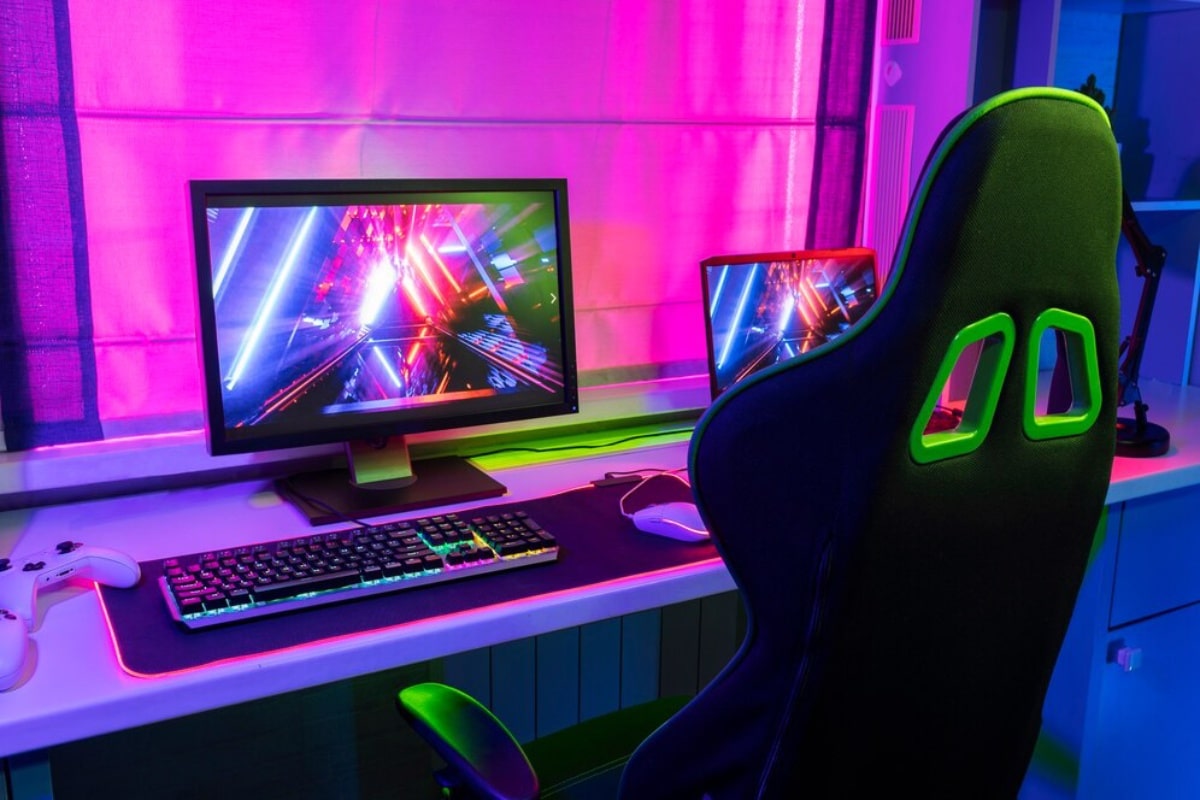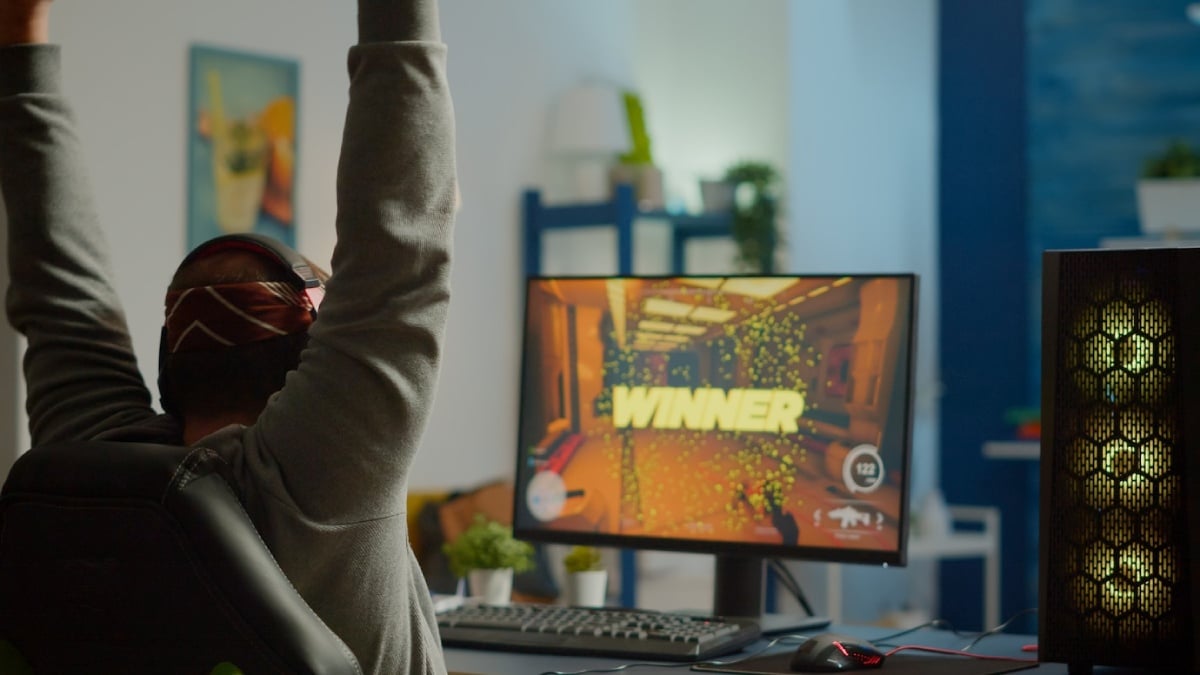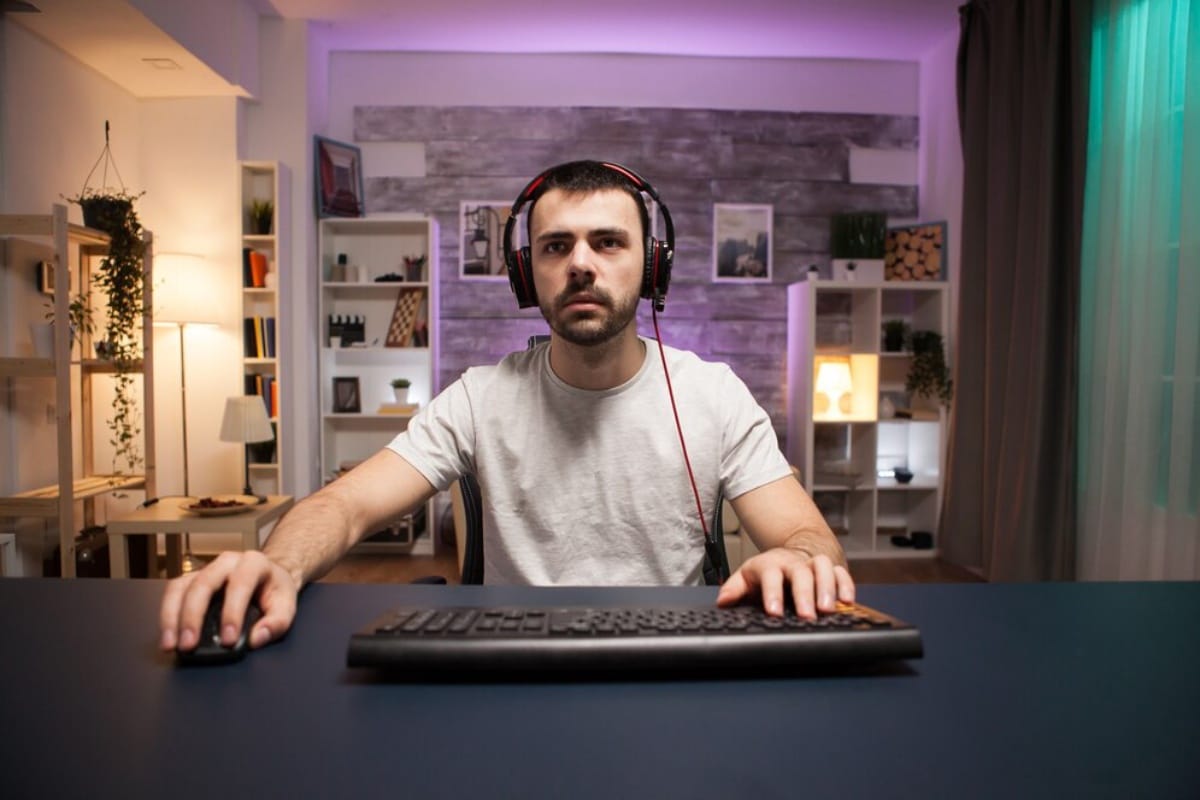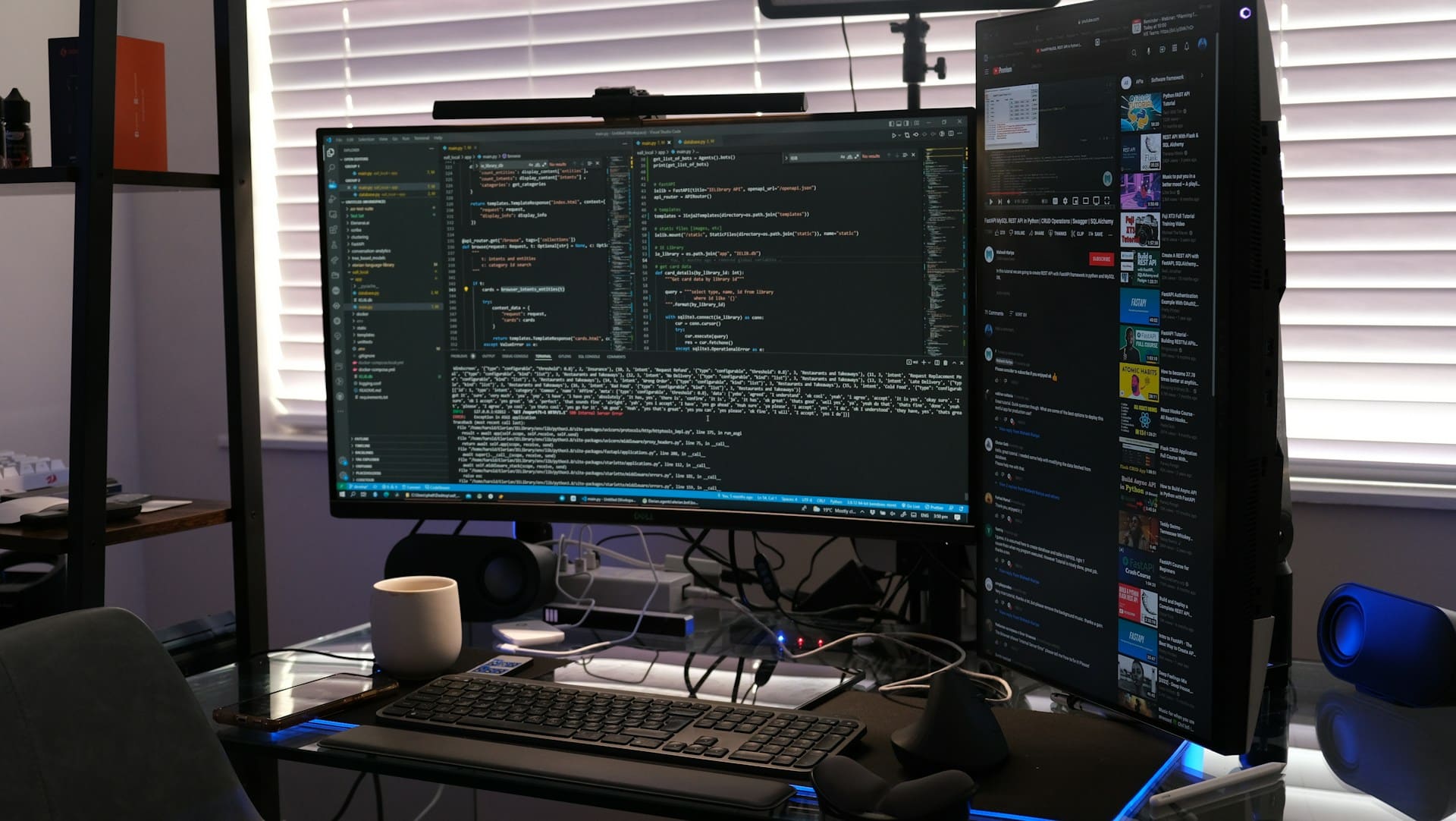
Best Monitors with Low Response Time
You line up the perfect shot, your crosshair is bang on target, and… you miss. Sound familiar? It might not be your reflexes. If your display can’t keep up with your inputs, your monitor could be to blame, not your skills.
For gamers, especially those knee-deep in high-stakes shooters or fast-paced esports titles, every fraction of a second matters. That’s where low-response-time monitors make all the difference.
Whether you’re a casual player looking to up your KD ratio or a budding esports competitor wanting the fastest gaming monitor, this guide will help you navigate the clutter. We’ll cover why response time matters, what to look for, and showcase the best monitors for FPS games currently available, without the fluff.
Let’s cut through the jargon and get closer to a display matching your gameplay.
Understanding Response Time: What It Really Means
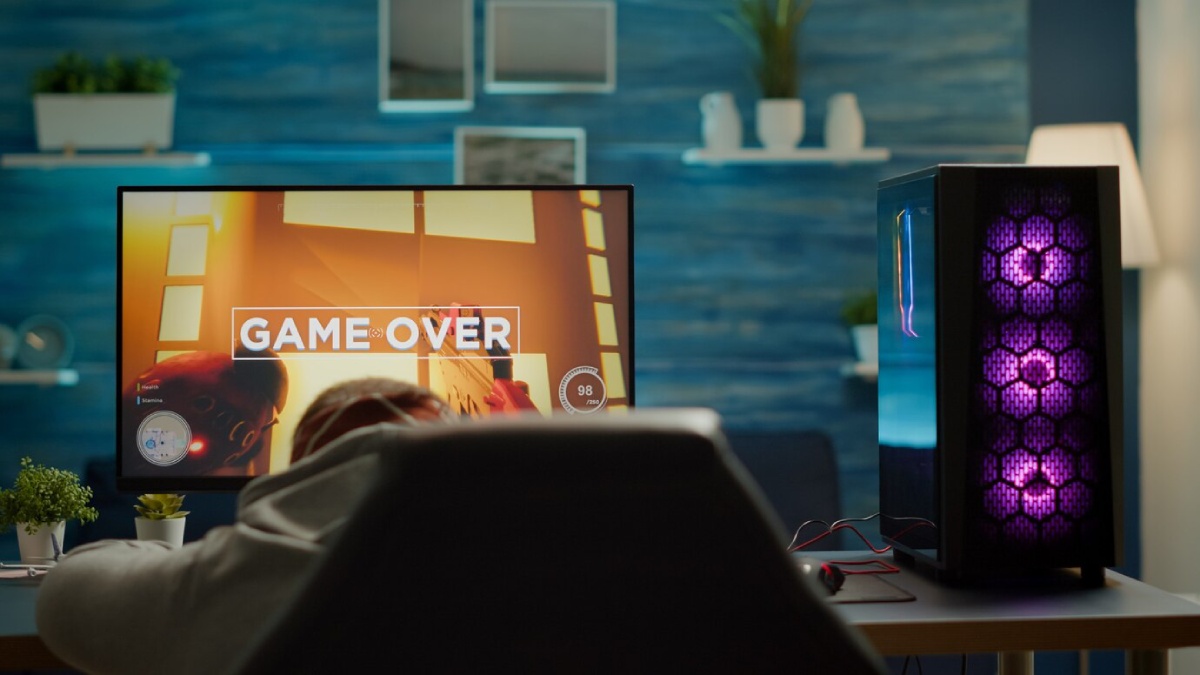
What Is Response Time?
Response time measures how fast a monitor’s pixels can change from one colour to another — usually grey-to-grey (GtG). It’s measured in milliseconds (ms).
Lower is better.
- 1ms or lower: Ideal for competitive gaming
- 4ms or higher: May result in motion blur or ghosting in fast scenes
But be cautious — not all response time numbers are equal. Some manufacturers use marketing tricks (like quoting MPRT or overdrive figures), so it’s always wise to check third-party reviews.
Why Does Response Time Matter in Gaming?
Imagine you’re playing an FPS and tracking a fast-moving enemy. A slow response time can result in:
- Ghosting – faint trails following moving objects
- Motion blur – a smearing effect when looking around quickly
- Input lag – a slight delay between your action and the on-screen result
A fast-response monitor is essential if you want crisp motion and razor-sharp accuracy, especially in titles like CS2, Valorant, Apex Legends, or Call of Duty.
What Else to Look for (Besides Response Time)
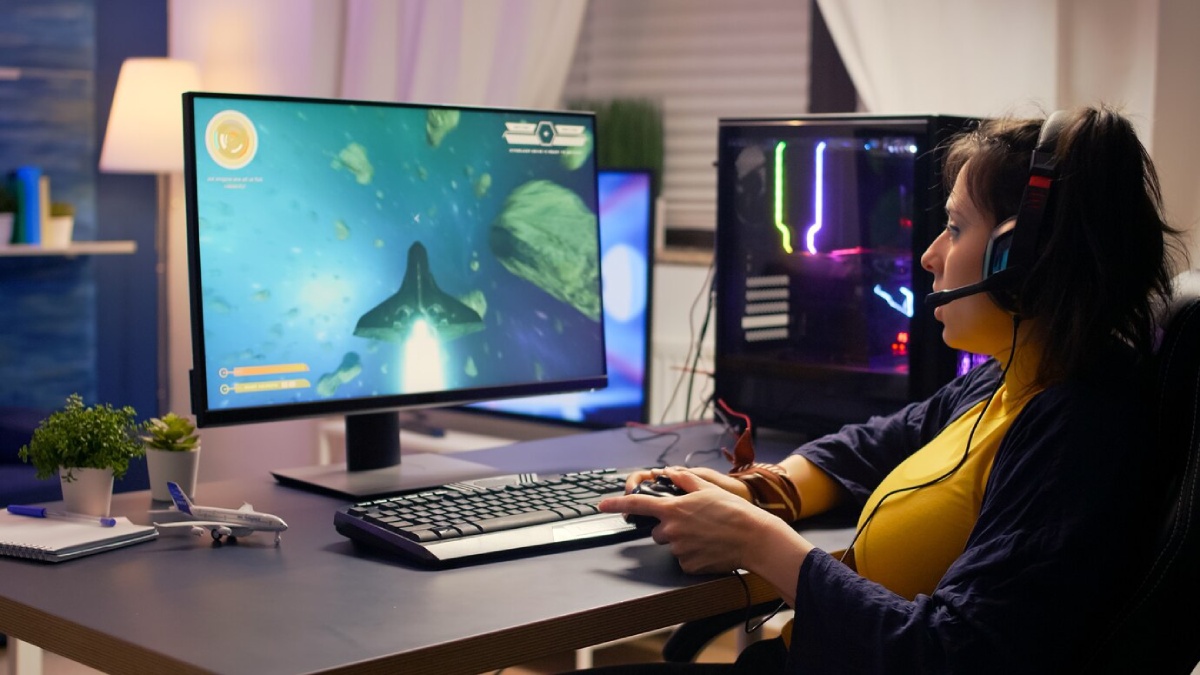
Choosing the best monitor for FPS games means finding the right combination of features:
1. Refresh Rate
- 144Hz and up is standard for competitive gaming
- 240Hz+ if you’re chasing every edge
Response time and refresh rate go hand in hand — high refresh rates reveal more frames, and fast response times make those frames clearer.
2. Input Lag
- Look for input lag below 10ms for optimal performance
- This is separate from response time, but equally important for real-time games
3. Panel Type
- TN (Twisted Nematic): Fastest, but lower colour and viewing angles
- IPS (In-Plane Switching): Excellent colour, now nearly as fast
- VA (Vertical Alignment): High contrast, slightly slower response
Pro Tip: Modern IPS panels often offer 1ms response times with stunning visuals — best of both worlds.
Top Picks: Best Low-Response-Time Monitors for Gamers
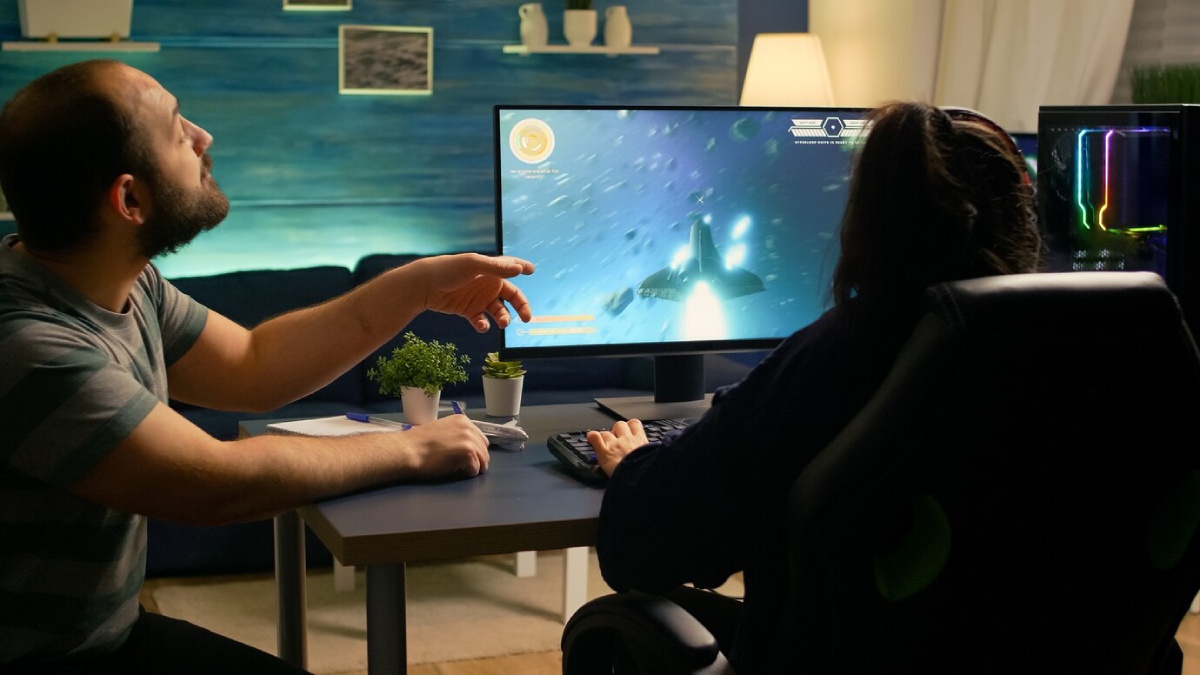
Now, let’s dive into the real-world recommendations. These monitors are known for lightning-fast response times, competitive input lag, and features FPS gamers love.
1. Alienware AW2524H – Fastest Gaming Monitor on the Market
- Size: 24.5″
- Resolution: Full HD (1920×1080)
- Refresh Rate: 500Hz
- Response Time: 0.5ms GtG
- Panel: IPS
- G-Sync + Reflex Latency Analyser
Why It’s Great: This is currently the fastest gaming monitor in the world. Designed for esports dominance, it delivers mind-boggling smoothness with ultra-low latency. Perfect for games like CS2 and Overwatch 2, where every frame counts.
Ideal For: Hardcore FPS players, tournament grinders, and streamers chasing perfection.
2. ASUS ROG Swift PG259QNR – 240Hz King with Pro Features
- Size: 24.5″
- Resolution: 1080p
- Refresh Rate: 360Hz
- Response Time: 1ms GtG
- Panel: Fast IPS
- NVIDIA Reflex support
Why It’s Great: A favourite in pro circles, this monitor is all about competitive advantage. With Reflex, you can measure input lag and optimise your setup in real time.
Ideal For: Gamers who want speed, stability, and science-backed performance.
3. BenQ ZOWIE XL2546K – Esports Favourite with DyAc+ Tech
- Size: 24.5″
- Resolution: 1080p
- Refresh Rate: 240Hz
- Response Time: 0.5ms
- Panel: TN
- Dynamic Accuracy Plus (DyAc+) tech
Why It’s Great: BenQ’s Zowie line is built for esports. The XL2546K offers one of the lowest input lag monitors, with visual clarity optimised for shooters. DyAc+ reduces motion blur for a cleaner view when moving fast.
Ideal For: CS2, Valorant, and pro-level FPS gamers who value performance over aesthetics.
4. LG UltraGear 27GP850-B – 1440p Powerhouse with Speed and Style
- Size: 27″
- Resolution: QHD (2560×1440)
- Refresh Rate: 165Hz (180Hz OC)
- Response Time: 1ms GtG
- Panel: Nano IPS
- Adaptive Sync: G-Sync and FreeSync Premium
Why It’s Great: This is your match if you want better visuals without sacrificing performance. The Nano IPS panel offers excellent colours while keeping a sharp 1ms response.
Ideal For: Gamers who play a mix of FPS and cinematic titles but want competitive capability when it matters.
5. Gigabyte M27Q X – Best Budget 1440p Gaming Monitor
- Size: 27″
- Resolution: QHD
- Refresh Rate: 240Hz
- Response Time: 1ms MPRT
- Panel: SuperSpeed IPS
- KVM switch and USB-C support
Why It’s Great: A fantastic value option, the M27Q X punches above its weight, while the 1ms rating is MPRT, real-world performance is impressive, and you get bonus features like KVM support for dual device setups.
Ideal For: Budget-conscious gamers who still want elite-level speed and flexibility.
Real-World Example: “Why I Switched to 1ms”
Junaid, a 20-year-old Apex Legends player, used to game on a 60Hz 5ms monitor. “I thought I was just bad at tracking — like, my shots always felt a bit behind,” he recalls.
He upgraded to the LG UltraGear 27gp850-B. The result? “Everything felt tighter. Cleaner. Suddenly, I was hitting shots I used to miss. It was night and day.”
Like many, he underestimated how much of a difference fast response and refresh make — until he tried it.
Setup Tips: Get the Most from Your Low Response Monitor
Buying the best monitor for FPS games is just step one. Now it’s time to optimise.
Use DisplayPort
Always connect via DisplayPort instead of HDMI to unlock the full refresh rate and features like G-Sync.
Enable Overdrive — Carefully
Most monitors have an Overdrive setting. Set it to medium or “normal” — high or extreme can introduce overshoot (inverse ghosting).
Configure Windows and GPU Settings
- Set your refresh rate manually in Windows Display Settings
- Use your GPU control panel to disable V-Sync (unless screen tearing is an issue)
- Enable G-Sync or FreeSync if your monitor and GPU support it
Calibrate Your Monitor
Gaming monitors often have washed-out default colour settings. Use online tools or calibration guides to get accurate visuals without compromising speed.
Are Low-Response-Time Monitors Worth It?
Absolutely — especially if:
- You play fast-paced shooters or battle royales
- You compete in online tournaments
- You want a smoother, more responsive gaming experience
- You’re building a future-proof setup
Even for casual play, once you switch to a 1ms 144Hz+ monitor, going back feels like gaming underwater.
Conclusion: See (and Hit) the Game Like Never Before
A split-second delay might seem small, but it can be the difference between clutching a round and spectating from the sidelines in the world of FPS gaming.
Investing in a low response time monitor isn’t about showing off specs — it’s about playing better, feeling more connected, and letting your skills shine without tech getting in the way.
Whether you’re after the fastest gaming monitor or the best monitor for FPS games on a budget, today’s options offer speed, clarity, and competitive-grade reliability for every type of player.
